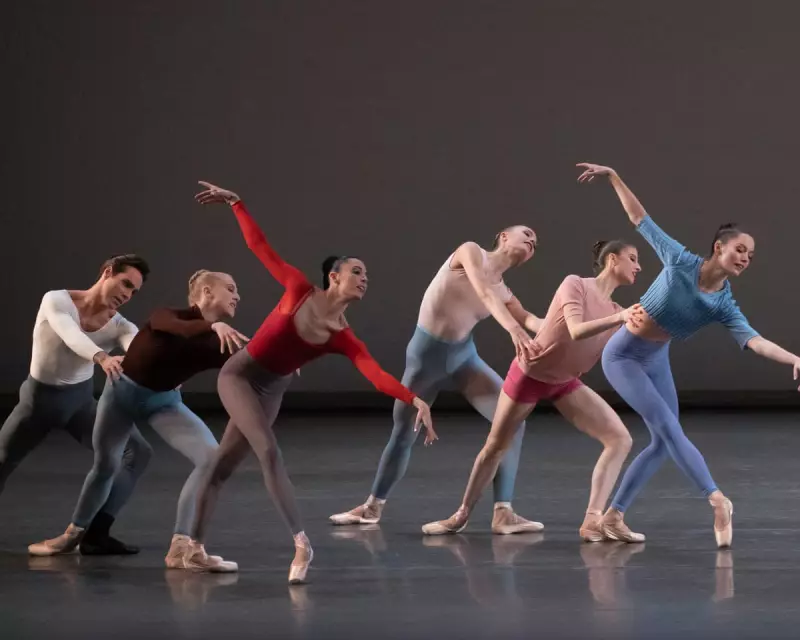
Acclaimed American composer Nico Muhly has opened up about the fascinating relationship between music and movement, explaining how choreographers and dancers fundamentally reinterpret his compositions in ways that often surprise and enlighten him.
The Art of Musical Notation and Physical Interpretation
Muhly describes one of composition's primary challenges: translating the rhythm he hears in his head—free from bar lines—into practical notation that musicians can interpret. Every composer develops their own strategy for this translation process, with some abandoning traditional western notation entirely.
The composer recalls a formative experience from age 13 when he first encountered Stravinsky's Symphony in Three Movements. "I was absolutely shocked when I finally saw the score," Muhly remembers. "That's where the downbeat is?!" This early discovery revealed how notation represents an artificial yet crucial layer over the actual sound experience.
Choreographers Hear a 'Larger Heartbeat'
Watching dance rehearsals provides a surreal experience for the score-focused musician. With typically only two people in a room of thirty following the written music, choreographers impose their own invisible notation through counting systems that dancers internalise physically.
Muhly finds this alternative cartography revelatory. Where he might compose sixteen intricate bars of varying lengths, dancers might perceive the same passage as two cycles of eleven equal beats. "I can have spent months on tiny details and lose track of a bigger sense of shape, which choreographers and dancers have as a matter of physical instinct," he admits.
This collaborative process has taught Muhly about phrase lengths and their implied narratives over his twenty years working with choreographers. He feels humbled by their fluency in hearing what he describes as "a larger heartbeat" within the music.
Three Choreographers, Three Interpretations
This month brings a particularly exciting project to London audiences. Three of Muhly's works will be interpreted by three distinct choreographers in a special triple bill coming to Sadler's Wells.
Michael Keegan-Dolan has taken Muhly's setting of the traditional murder ballad The Two Sisters—sung live by Sam Amidon—and imposed a ritualistic structure that both amplifies and offsets the folk music patterns. Keegan-Dolan's deep theatrical engagement with source material creates something Muhly acknowledges he could never achieve through music alone.
Jules Cunningham works with drone-based pieces where rhythms remain tight within phrases but allow space between them. After the first read-through, Cunningham requested "a bit more breath before the phrases"—a musical adjustment stemming directly from embodied experience of moving to the music.
Maud Le Pladec approaches Muhly's fast-paced three-movement work with precision, though her interpretation reveals how fast music can feel slow and slow music can hide rapid pulses. Her movement picks up on this paradox, inspiring the Britten Sinfonia to visualise semiquavers even while playing much longer notes.
Marking Time: Nico Muhly / Michael Keegan-Dolan / Maud Le Pladec / Jules Cunningham and the Britten Sinfonia runs at Sadler's Wells in London from 20-22 November, offering audiences a unique opportunity to experience how different choreographic voices transform the same composer's work.





